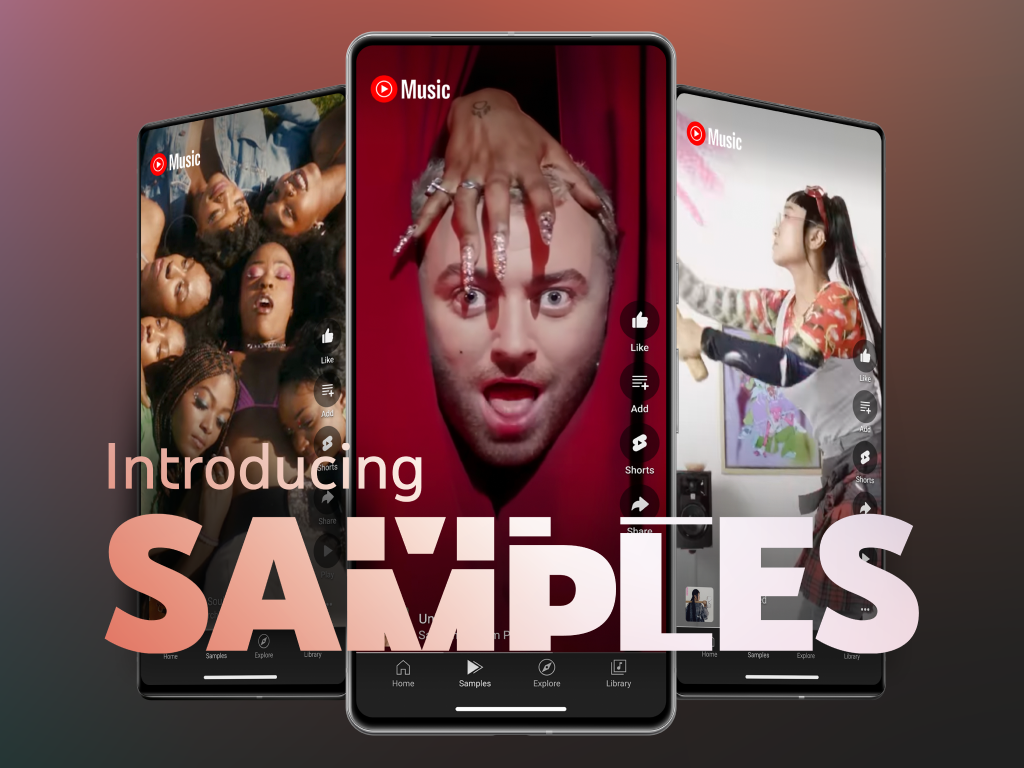
Sukces aplikacji zależy ostatecznie od jej dopasowania do użytkownika końcowego. Kiedy klient – właściciel – stawia oczekiwania, warto na nie spojrzeć krytycznym okiem. W przeciwnym wypadku stworzymy produkt spełniający wymagania klienta, ale będący nieużytecznym w rękach użytkownika. I to software house zostanie obarczony winą.
Jak uniknąć pułapki?
Redukcja ryzyka niedopasowania produktu do grupy docelowej polega na umiejętnej organizacji regularnych kontaktów przedstawicieli tej grupy z produktem, na różnych etapach jego powstawania. Osiąga się dzięki temu stabilność budowania i harmonię w komunikacji. Wszelkie pytania o wskazówki na temat interfejsu, funkcjonalności, designu, czy hierarchii informacji, można przekazać UX Researcherom. Wywiady pogłębione, grupy focusowe, a na późniejszych etapach testy użyteczności, rozwieją wszystkie wątpliwości. W jaki sposób?
Konstruktywna komunikacja z klientem
Właściciel produktu nie zawsze do końca zdaje sobie sprawę z tego, co wynika z ustaleń pomiędzy nim a software housem. Nie zawsze wizje produktu są spójne, a wstępne założenia nie muszą prowadzić do pozytywnych skutków. Badania UX w takim momencie ratują projekt przed nieporozumieniami. Wczesne makiety, stworzone na podstawie informacji o użytkownikach oraz oczekiwań product ownera, pozwalają rozwiać wszelkie wątpliwości po obu stronach, ewentualnie szybciej dojść do porozumienia i wprowadzić zmiany do zamówienia. Ponadto, dzięki badaniom UX można przetestować na użytkownikach całą serię pomysłów na funkcjonalności i wybrać te najlepsze, jeszcze zanim programiści uderzą w pierwszy klawisz.
Pewność projektowania
Dzięki badaniom User Experience zespół projektowy może skupić się bardziej na opracowywaniu rozwiązań, a mniej nad ich zasadnością. Nie trzeba czytać w myślach użytkownikowi, nie trzeba też próbować go przechytrzyć ani walczyć o jego uwagę. Wręcz odwrotnie – najlepiej odpowiedzieć na jego potrzeby.
Zaskakujące źródło nowych pomysłów
Świadomość własnych oczekiwań pozwala uczestnikom badań UX pójść krok dalej. Wyobrazić sobie sposób korzystania z aplikacji w odniesieniu do własnego stylu życia. Na przykład po rozmowach z respondentami pojawia się nowa perspektywa użytkownika, który:
- może używać aplikacji w dużym nasłonecznieniu, więc trzeba dobrać mocniejszy kontrast;
- mógłby sięgać po aplikację po zmroku, więc przyda się tryb nocny;
- w trakcie korzystania może się przemieszczać, więc trzeba zredukować liczbę ekranów i powiększyć przyciski;
- pracuje w stresie, więc bywa rozproszony i potrzebuje minimalistycznego UI;
- może używać najczęściej jednej funkcji, więc należy ją wysunąć na pierwszy plan;
- będzie potrzebować szybkiego podglądu wszystkich wprowadzonych danych, więc woli aplikację scrollować, niż przeładowywać ekrany.
Dużo informacji można otrzymać podczas indywidualnych wywiadów pogłębionych. To wtedy widać rzeczywiste problemy, które są codziennością użytkowników. Historie respondentów, opisy ich nawyków są często nieskończonym źródłem inspiracji i hipotez do funkcji aplikacji.
Jednomyślność
Uporządkowanie faktów i zorientowanie aplikacji wokół potrzeb użytkownika, a nie subiektywnych opinii projektantów czy klienta, to trudne zadanie w wielu projektach. Przekonanie o tym, że „to, co dobre dla mnie, będzie dobre dla innych”, jest powszechne, jednak ryzykowne w biznesie. Wyniki badań jakościowych z użytkownikami dają bardziej konkretne i bliższe prawdzie odpowiedzi, niż intuicja. Stają się kompasem, z którego kierunkiem muszą się zgodzić projektanci, ich manager, a także klient software house’u.
Redukcja czasu
Badania UX pomagają trafić w rozwiązania, które mają największą szansę się sprawdzić. Informacje od użytkowników końcowych wystarczają, aby sprecyzować:
- zakres celów aplikacji,
- problemy, które ma rozwiązywać (i których nie ma),
- bazę scenariuszy interakcji,
- układ treści spójny z dotychczasowymi doświadczeniami,
- język, jakim należy pisać;
- bazę kształtów i kolorów;
- platformy, na których trzeba się skupić,
- hierarchię funkcji,
- kolejność ekranów.
Te zalety badań UX pojawiają się na samym początku. Im dalej w procesie projektowania, tym więcej rzeczy można testować z użytkownikami. Zmniejsza się przy tym kolejka rund testowych, ponieważ przy wsparciu danych z badań można znaleźć wiele jednoznacznych odpowiedzi. Szybciej dociera się do wersji ostatecznej.
Redukcja kosztów
Z punktem powyżej wiąże się zmniejszenie obciążenia finansowego projektu. Działania są bardziej efektywne, mniej trzeba testować, prace toczą się stabilnym torem. Ale najważniejsze jest zmniejszenie ryzyka, że w fazie testów gotowej aplikacji wypłyną błędne decyzje, które zaprzepaszczą kilka faz projektowania i cofną projekt do etapu prototypowania, a nawet wstępnego planowania. Każde opóźnienie kosztuje software house i klienta, a do tego zwiększa ryzyko wyprzedzenia przez konkurencję. Lub nieoczekiwane pojawienie się nowej, z podobnym produktem.
Zabezpieczenie Software House’u na ścieżce rozwoju produktu
Produkt wprowadzony na rynek, musi nieustannie ewoluować i konkurować z podobnymi, a także z alternatywami. Użytkownicy wymagają rozwijania ulubionych funkcji i dodawania nowych. Spełnianie tych oczekiwań na bieżąco pomaga utrzymywać ich zainteresowanie. Ale żeby to było możliwe, trzeba te oczekiwania śledzić. A to oznacza regularne angażowanie UX researcherów, którzy dostarczają aktualnych danych ze środowiska użytkowników końcowych. Z takim wsparciem, łatwiej podejmować decyzje o kierunkach rozwoju produktu, bez zgadywania i bez zbędnego ryzyka. Za tak stabilny kierunek, w długim horyzoncie czasowym będą wdzięczni zarówno użytkownicy, jak i właściciel produktu. A nawet zespół projektowy, bo nie będzie musiał tracić czasu na przywracanie projektu do wcześniejszej wersji po chybionych wdrożeniach. Optymalizacja UX jest potrzebna przy każdej planowanej zmianie.
Podsumowanie
Badania UX w Software House’ach stają się standardem, odkąd aplikacje stały się bardziej zaawansowane i wymagają więcej decyzji dotyczących UX. Zawsze przydaje się zewnętrzny zespół UX researcherów, który ma dokładny wgląd w grupę docelową i wesprze jednoznacznymi wskazówkami. Część z tych wskazówek może nawet uratować projekt przed upadkiem na pierwszych etapach, czy po pierwszych kontaktach.
Jeśli spojrzymy na proces powstawania aplikacji, jest w nim kilka momentów, w których badania UX robią różnicę. Pierwszym będzie to etap planowania, kiedy respondenci wskażą, jakiej aplikacji potrzebują; następnie prototypowania i testowania końcowej wersji produktu. Finalnie można testować nawet gotowe aplikacji pod kątem użyteczności oraz wprowadzaniu zmian. Dzięki badaniom UX projekt nie będzie jedynie usiłował dogonić standardy rynkowe – będzie miał szansę kreować rzeczywistość użytkowników.






















